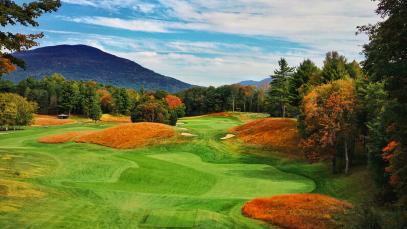Top-ranked
Here is the best golf course in every state
In our newly released Best in State rankings, nearly 1,000 courses across the 50 states are recognized by our panelists for their superior architecture. The number of courses ranked in each state vary; in some golf-rich states like California and Florida, 60 courses are included, while some remote states have just a handful of courses that received enough panelist reviews to make the list. A common denominator, however, is each state has one course that tops the rest.
Included in this collection is the best golf course in every state as judged by our trained panel of more than 1,900 low-handicap golfers. In the 2023-2024 edition, just five states—Maine, New Mexico, North Carolina, North Dakota and Washington—saw a change in the top spot from our previous ranking two years ago.
Don't agree with our top-ranked course in your state? We encourage you to visit our newly relaunched Places to Play experience and leave your own reviews of the courses you've played to make your case why your favorite should be No. 1. Be sure to click through to each individual course page to leave a review and check out bonus photography, drone footage and reviews from our course panelists.
Alabama

Alaska

Arizona

Arkansas

California

From Golf Digest Architecture Editor emeritus Ron Whitten:
Cypress Point, the sublime Monterey Peninsula work of sandbox sculpture, whittled Cypress and chiseled coastline, has become Exhibit A in the argument that classic architecture has been rendered ineffectual by modern technology.
I'm not buying that argument. Those who think teeny old Cypress Point is defenseless miss the point of Alister MacKenzie’s marvelous design.
MacKenzie relished the idea that Cypress Point would offer all sorts of ways to play every hole. That philosophy still thrives, particularly in the past decade, after the faithful restoration of MacKenzie’s original bunkers by veteran course superintendent Jeff Markow.
Explore our complete review here—including bonus photography and ratings from our expert panelists.
Colorado

Connecticut

Delaware

Florida

Georgia

Hawaii

Idaho

Illinois

Indiana

Iowa

Kansas

Kentucky

Louisiana

Maine

Maryland

Massachusetts

Michigan

Minnesota
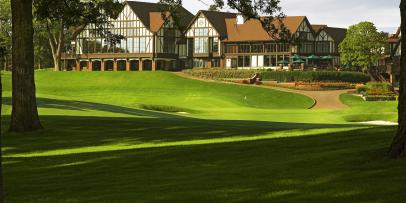
Mississippi
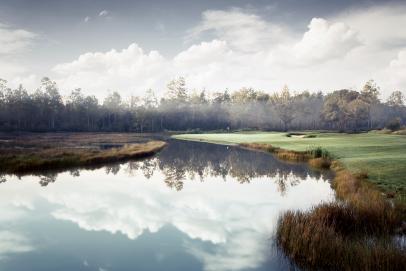
Fallen Oak
Saucier, MS
Missouri

Montana

Nebraska
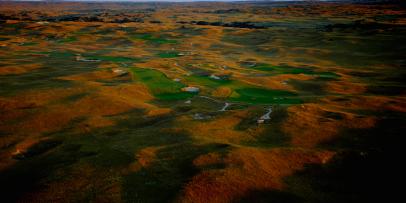
Nevada

New Hampshire

New Jersey

New Mexico

New York

North Carolina
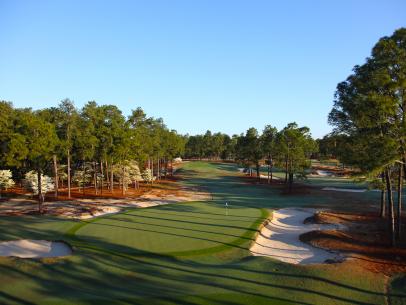
North Dakota
Ohio

Oklahoma

Oregon

Pennsylvania

Rhode Island

South Carolina

South Dakota

Tennessee

Texas

Utah
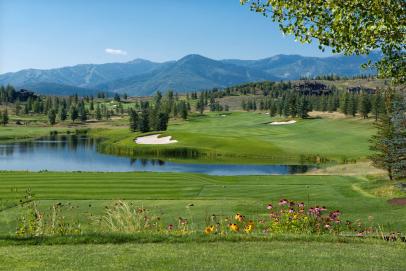
Vermont
Virginia

Washington

West Virginia

Wisconsin

Wyoming

• • •
Explore Golf Digest's recently relaunched Places to Play community, where you can add star ratings and reviews for all the courses you play. We've collected tens of thousands of reviews from our course-ranking panelists to deliver a premium experience, which includes experts' opinions, bonus course photography and videos, plus much more. Check it out here!


 hero.jpg.rend.hgtvcom.406.203.suffix/1620136440329.jpeg)
.jpg.rend.hgtvcom.406.271.suffix/1660142448226.jpeg)



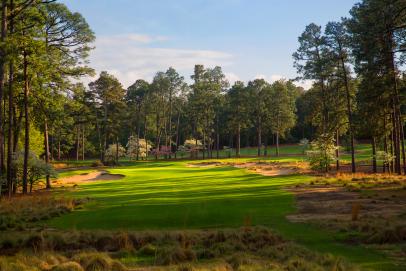
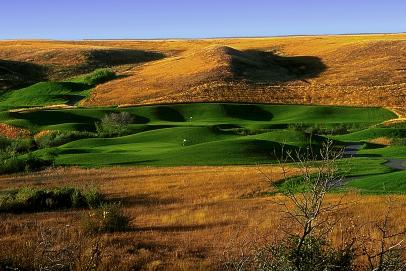
.jpg.rend.hgtvcom.406.271.suffix/1653909255033.jpeg)
